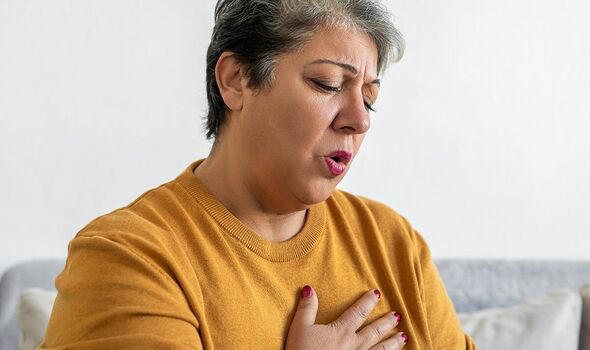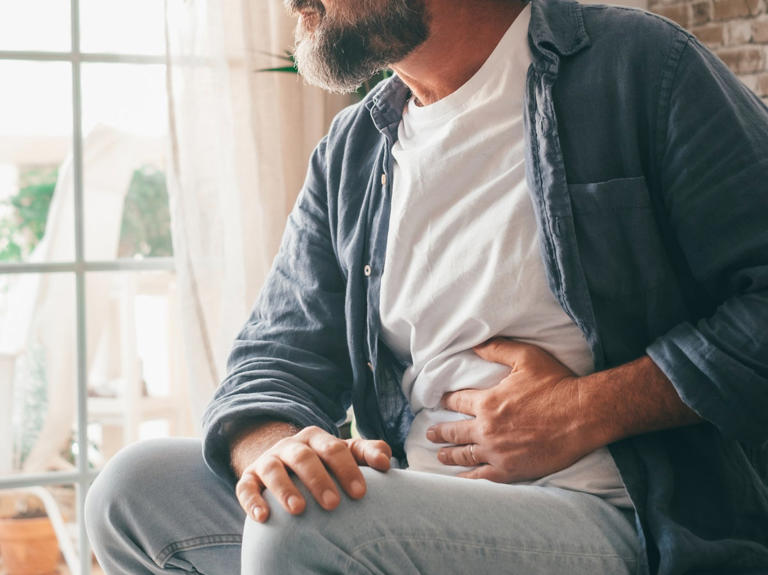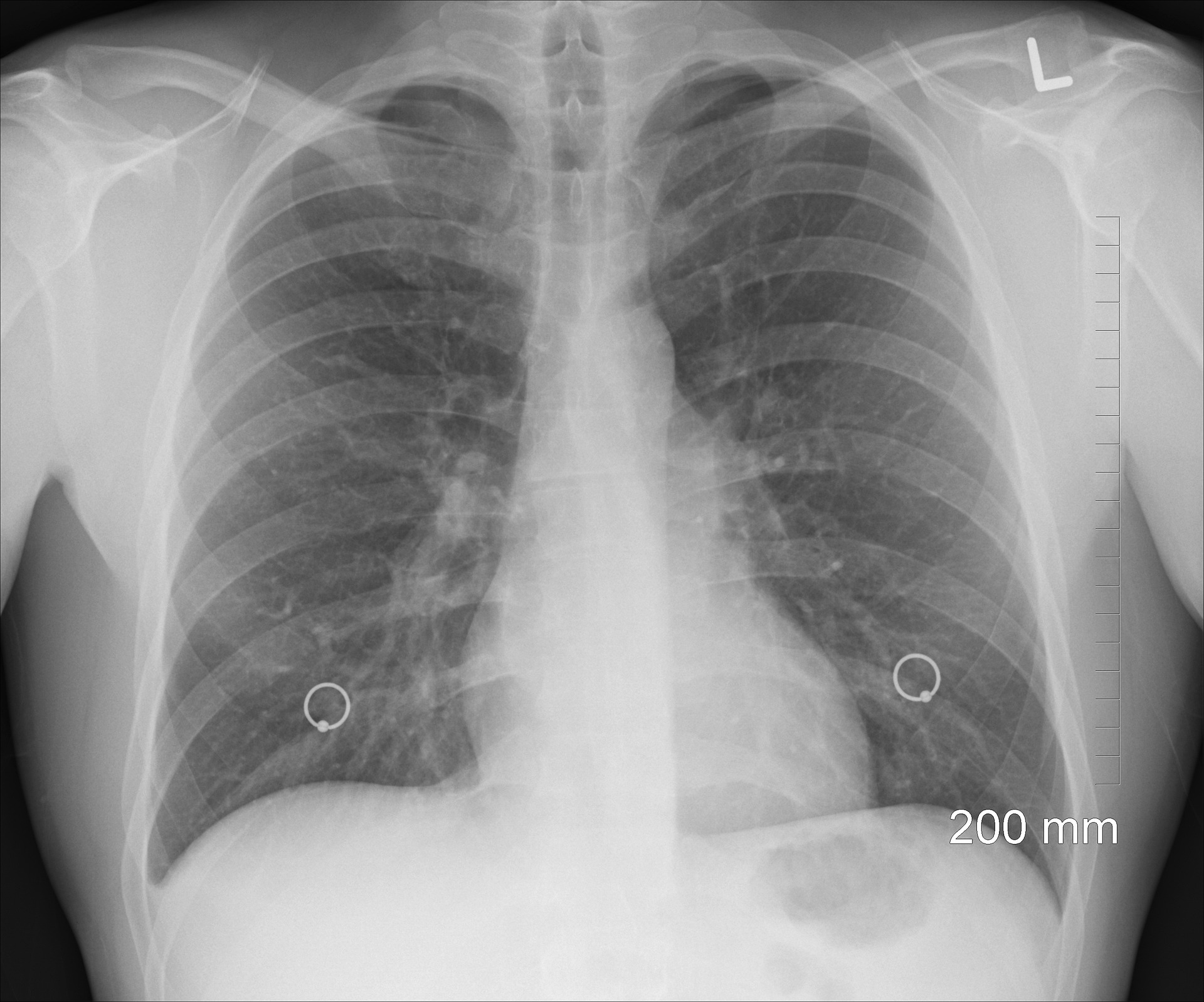KP.3 Covid Variant: What You Need to Know About the New Strain Causing a Summer Surge
Learn about the KP.3 Covid variant, including symptoms, severity, and how to protect yourself. This new strain is causing a rise in cases, so stay informed!

© GB News
KP.3 Covid Variant: Understanding the New Strain
A new Covid variant called KP.3 is causing a rise in cases and hospitalizations in many areas. This variant belongs to a group called FLiRT, named for the specific mutations in its genetic code. While it seems the virus itself isn’t necessarily more severe, its rapid spread suggests that some immunity from previous infections or vaccinations might be waning. Let’s break down what we know about KP.3 so far.
Symptoms of the KP.3 Variant
If you’re worried you might have KP.3, the good news is that the symptoms seem very similar to those of previous variants. Here are some of the most commonly reported symptoms:
- Fever: This appears to be the most frequent first symptom for many people with KP.3.
- Respiratory issues: Cough, sore throat, congestion, and runny nose are all common complaints.
- Body aches: This includes headaches and muscle aches.
- Other symptoms: Difficulty breathing, fatigue, loss of taste or smell, brain fog (feeling less alert and focused), and even gastrointestinal issues like upset stomach, mild diarrhea, and vomiting have been reported.
Severity of KP.3
There’s no current evidence that KP.3 is more severe than previous variants. However, the rapid spread has health officials concerned that immunity from vaccines or past infections might be weakening. This could lead to more people becoming sick and needing hospitalization, especially those who are vulnerable or haven’t been vaccinated.

© GB News
Protecting Yourself from KP.3
The good news is that the steps we’ve been taking to protect ourselves from Covid-19 in general are still effective against KP.3. Here’s what you can do:
- Get vaccinated and boosted: Vaccination remains the best defense against severe illness, hospitalization, and death from Covid-19. If you haven’t gotten your shots yet, or haven’t received your most recent booster, especially the spring booster for vulnerable populations, now is the time!
- Isolate if you’re sick: If you experience any Covid-like symptoms, the best course of action is to stay home and avoid contact with others.
- Practice good hygiene: Frequent handwashing, wearing a mask in crowded indoor spaces, and maintaining social distance when possible are all still important measures to take.
Staying Informed About KP.3
The situation with KP.3 is still developing, and new information may become available. Here are some resources you can trust for the latest updates:
- Centers for Disease Control and Prevention (CDC): https://www.cdc.gov/coronavirus/2019-ncov/index.html
- World Health Organization (WHO): https://www.who.int/emergencies/diseases/novel-coronavirus-2019/advice-for-public
- Your local public health department: They can provide information specific to your area.
KP.3 and the Summer
With summer approaching, many people are concerned about a potential Covid surge. While the current number of cases is lower than the peak of the spring wave, the rise in hospitalizations due to KP.3 is a cause for concern. Experts are unsure if this is the start of a new wave, but it’s important to be vigilant and take steps to protect yourself.
In Conclusion
The emergence of the KP.3 Covid variant is a reminder that the virus is still evolving. While it doesn’t seem to cause new symptoms, it’s spreading quickly. By staying informed, getting vaccinated and boosted, and practicing good hygiene, we can all help slow the spread of KP.3 and protect ourselves and our loved ones.
ALSO READ:
COVID-19 Vaccination: 3 Surprising Dangers You Must Avoid




